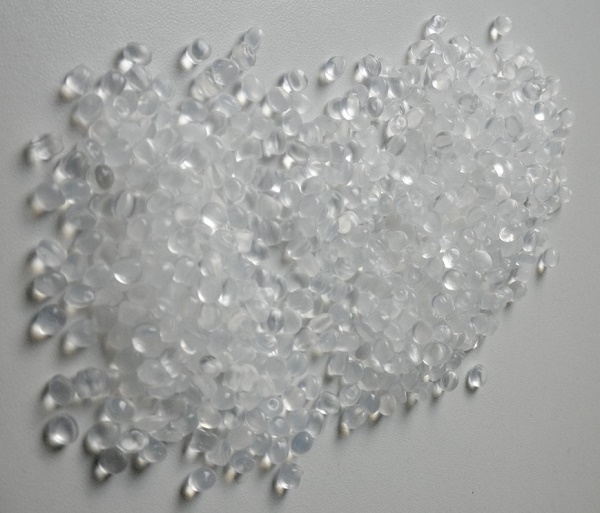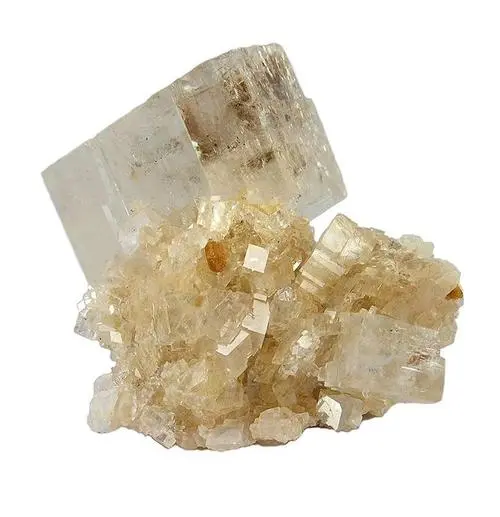The four commercial grades of polyethylene
Jan 11,2024
Polyethylene is a thermoplastic material that varies from type to type according to the particular molecular structure of each type. Actually, several products can be made by varying the molecular weight (i.e., the chain length), the crystallinity (i.e., the chain orientation), and the branching characteristics (i.e., chemical bonds between adjacent chains). Polyethylene can be prepared in four commercial grades:

(i) low-density (i.e., LDPE) and linear low-density polyethylene (LldPE);
(ii) medium density (i.e., MDPE);
(iii) high density (i.e., HDPE); and
(iv) ultra-high molecular weight (i.e., UHMWPE) polyethylene.
Low-density polyethylene (LDPE) exhibits a melting point of 105°C, toughness, stress cracking resistance, clarity, flexibility, and elongation. Hence, it is used extensively for piping and packaging because of its easy handling and fabrication. The chemical resistance of the product is outstanding; although not as good as high-density polyethylene or polypropylene, it is resistant to many strong mineral acids (e.g., HCl, HF) and alkalis (e.g., NaOH, KOH, NH4 OH), it can be used for handling most organic chemicals but alkanes, aromatic hydrocarbons, chlorinated hydrocarbons, and strong oxidants (e.g., HNO3) must be avoided. Assembly of parts made of PE can be achieved by fusion welding of the material, which is readily accomplished with appropriate equipment. For instance, installations of piping made in this manner are the least expensive and most durable of any material available for waste lines, water lines, and other miscellaneous services not subjected to high pressures or temperatures. Nevertheless, several limitations prevent its use in some applications. These limitations are: a low modulus, a low strength, a low heat resistance, actually the upper temperature limit for the material is 60°C, combined with a tendency to degrade under UV irradiation (e.g., sunlight exposure). However, polyethylene can be compounded with a wide variety of materials to increase strength, rigidity, and other suitable mechanical properties. It is now available in a fiber-reinforced product to increase its mechanical properties further. Stress cracking can be a problem without careful selection of the basic resin used in the product or proper compounding to reduce this effect. Compounding of the product is also recommended to reduce the effect of atmospheric exposures over long periods.
Linear low-density polyethylene (LldPE) is produced by adding alpha-olefins (e.g., butene, 4-methyl-pentene-1, hexene, or octene) during ethylene polymerization to give a polymer with a similar density to LdPE but with the linearity of the HdPE.
High-density polyethylene (HDPE) has considerably improved mechanical properties and better permeation barrier properties, and its chemical resistance is also greatly increased compared to the low-density grade with a superior temperature limit of 75°C. Only strong oxidants will attack the material appreciably within the appropriate temperature range. Stress cracking of the HDPE can again be a problem if proper selection of the resin is not made. The better mechanical properties of this product extend their use into larger shapes, the application of sheet materials on the interior of appropriately designed vessels, such as packing in columns, and as solid containers to compete with glass and steel. Fusion welding can be achieved with a hot nitrogen gun. HdPE is produced by the catalytic polymerization of ethylene in suspension, solution or gas phase reactors using traditional Ziegler–Natta, chromium or metallocene catalysts.
Ultra-high molecular weight polyethylene (UHMWPE) is a linear polyethylene with an average relative molecular mass ranging from 3x106 to 5 x106. Its long linear chains provide great impact strength, wear resistance, toughness, and freedom stress cracking in addition to the common properties of PE, such as chemical inertness, self-lubricant, and low coefficient of friction. Therefore, this thermoplastic is suitable for applications requiring high ear/abrasion resistance for components used in machinery. Generally, polyethylenes are highly sensitive to UV irradiation, especially sunlight exposure. Nevertheless, it is possible to avoid UV-light sensitivity by adding particular UV stabilizers.
References
[1] Materials Handbook; DOI 10.1007/978-1-84628-669-8
- Related articles
- Related Qustion
- How to synthesize Polyethylene? Jul 30, 2024
Polyethylene is one of the most widely used plastics, with applications in packaging, consumer goods, and coatings, to name just a few.
Supplementation with pyridoxal 5'-phosphate monohydrate can synthesize neurotransmitters such as dopamine and serotonin, maintaining a healthy nervous system.....
Nov 4,2025Biochemical EngineeringMagnesite (MgCO3) is like alumina, that is, it is considered either as an ore for magnesium metal production or as an industrial mineral.....
Jan 11,2024APIPolyethylene
9002-88-4You may like
- Poly(ethylene)
-

- 2025-12-14
- CAS:9002-88-4
- Min. Order:
- Purity: 0.99
- Supply Ability:
- Polyethylene
-

- $0.00 / 1kg
- 2025-12-13
- CAS:9002-88-4
- Min. Order: 1kg
- Purity: 98%
- Supply Ability: Customise
- Poly(ethylene
-

- $1.00 / 1KG
- 2025-12-11
- CAS:9002-88-4
- Min. Order: 1KG
- Purity: 99%
- Supply Ability: 10 mt






